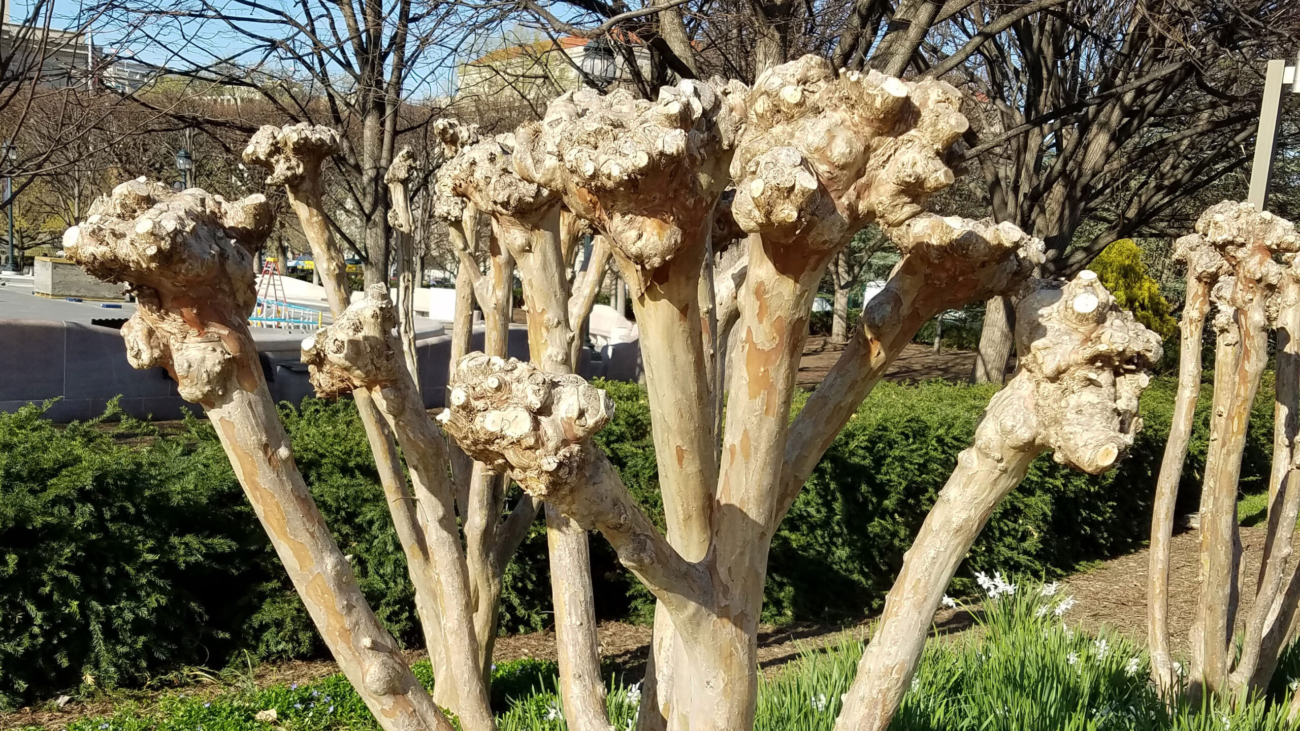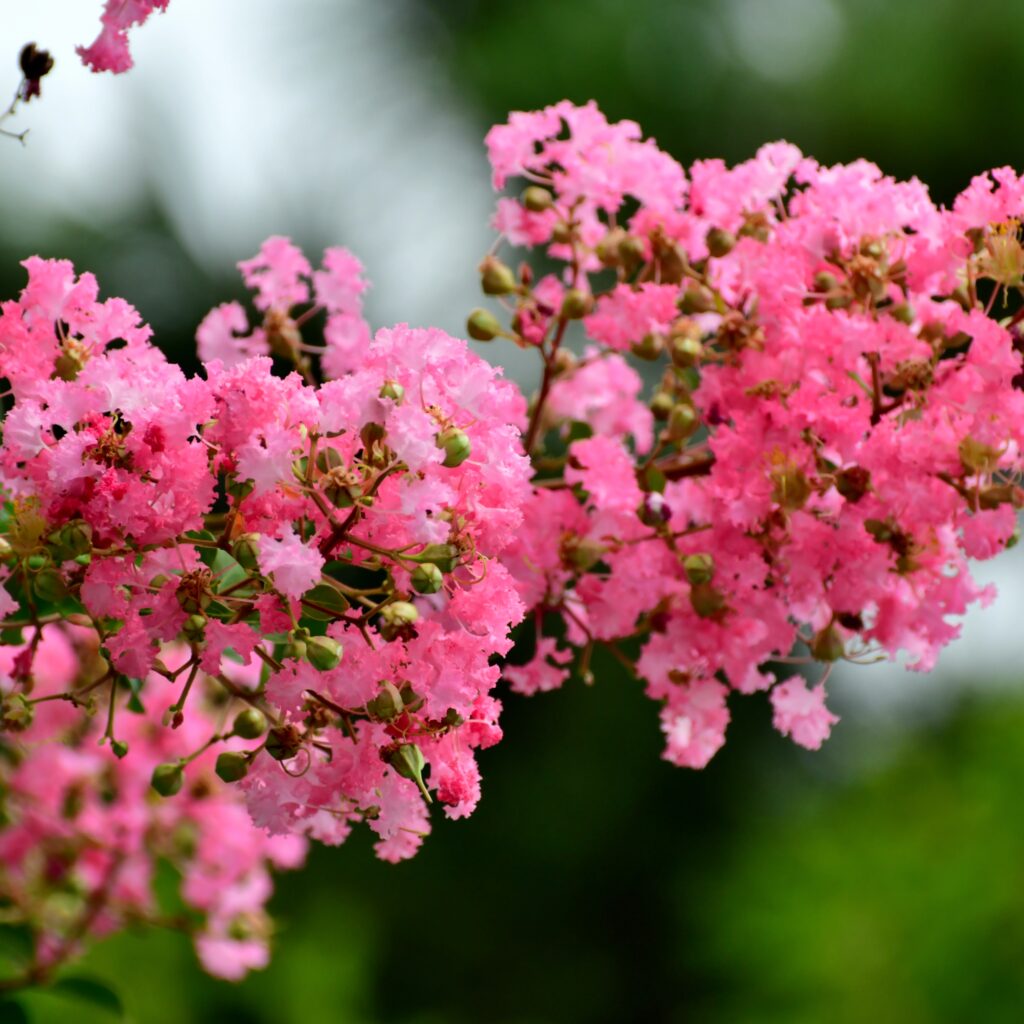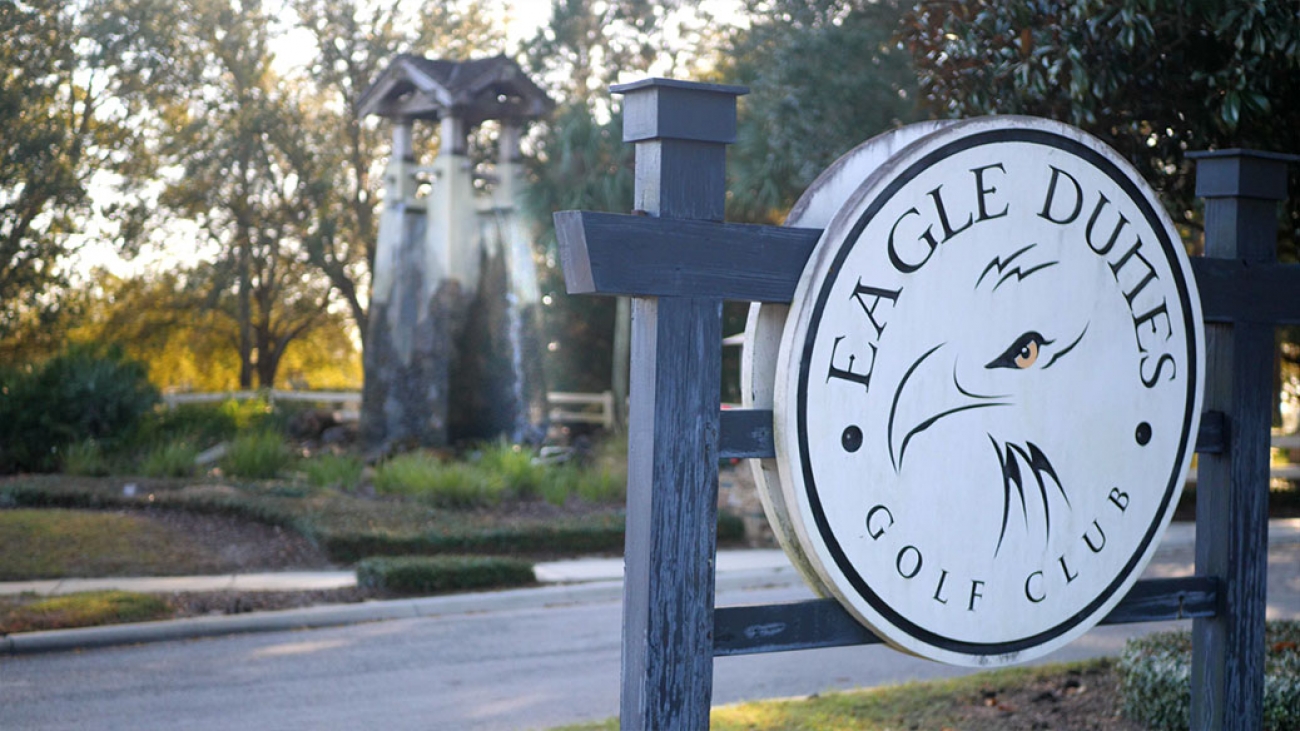Creating a beautiful and deer-resistant greenspace for your home in Central Florida can be a challenging task. However, the team at Maverick’s Landscaping, has curated a list of eleven hardy plants that thrive in Central Florida while deterring deer. These carefully selected plants, known for their beauty and resilience, will transform your landscaping into a haven of growth and tranquility. Let’s explore our top eleven selections for the Central Florida lawn.
- Lantana (Lantana camara): Maverick’s Landscaping recommends Lantana for its year-round colorful clusters of flowers, adding vibrancy to your garden. Maverick’s deploys Lantana at many of it’s client locations as it has a beautiful fragrance and vibrant hues that are unappealing to deer, making it an excellent choice for Central Florida gardens.
- Blue Plumbego (Plumbago auriculata): Another favored selection by Maverick’s Landscaping is Blue Plumbego, renowned for its sky-blue flowers and glossy green leaves. This versatile shrub adds beauty to any garden and its slightly bitter taste deters deer from feasting on it.
- Walter’s Viburnum (Viburnum obovatum): Maverick’s Landscaping recognizes the appeal of Walter’s Viburnum, a native shrub that showcases dense foliage and lovely white flowers in spring. With its deer-resistant properties and ability to withstand drought, this shrub is perfect for creating hedges or enhancing your landscape backdrop.
- Japanese Boxwood (Buxus microphylla japonica): Japanese Boxwood has year-round appeal, with dense foliage and a compact growth area. This evergreen shrub not only adds beauty to borders and formal gardens but also deters deer from browsing on its foliage.
- Podocarpus (Podocarpus spp.): Maverick’s Landscaping suggests including Podocarpus, also known as Japanese Yew, in your Central Florida garden. This versatile evergreen tree or shrub features dense foliage and an unappetizing texture for deer, offering both structure and privacy to your outdoor space.
- Podocarpus Pringles (Podocarpus macrophyllus ‘Pringles’): For a compact version of Podocarpus, Maverick’s Landscaping recommends Podocarpus Pringles. With its dense, dark green foliage and slower growth rate, this variety can be easily shaped and is ideal for creating hedges or adding elegance to container plantings.
- Holly Burfordi (Ilex cornuta ‘Burfordi’): While this plant is deer-resistant it also provides an impressive addition to any lawn or bed. Holly Burfordi fits the bill with its glossy, dark green leaves and clusters of red berries. This evergreen shrub adds a touch of elegance to your garden while deterring deer from nibbling on its foliage.
- Blue Daze Blue My Mind (Evolvulus glomeratus ‘Blue My Mind’): To enhance your landscape with a low-growing perennial, Maverick’s Landscaping recommends Blue Daze Blue My Mind. Its vibrant blue flowers and silver-green foliage create an enchanting ground cover or complement hanging baskets, while its deer-resistant nature ensures its longevity.
- Society Garlic (Tulbaghia violacea): Incorporating Society Garlic into your Central Florida garden will provide a refreshing pop of color. Known for its tubular purple flowers and garlic-scented foliage, this hardy perennial is both visually appealing and a natural deer deterrent, making it an excellent choice for borders or rock gardens.
- Ilex Shilling (Ilex cornuta ‘Shilling’): For a visually striking and deer-resistant choice, Maverick’s Landscaping recommends Ilex Shilling, a variety of Chinese Holly. Its glossy, spiny leaves and dense growth habit offer year-round interest and make it a perfect hedge or specimen plant for your Central Florida garden.
Confidently create a stunning and deer-resistant garden with these top selections from Maverick’s Landscaping. By incorporating these top eleven deer-resistant plants, you’ll enjoy a flourishing landscape that remains untouched by deer, and we can’t wait to see your results.
Wishing you great growth,
-Team Maverick’s Landscaping






